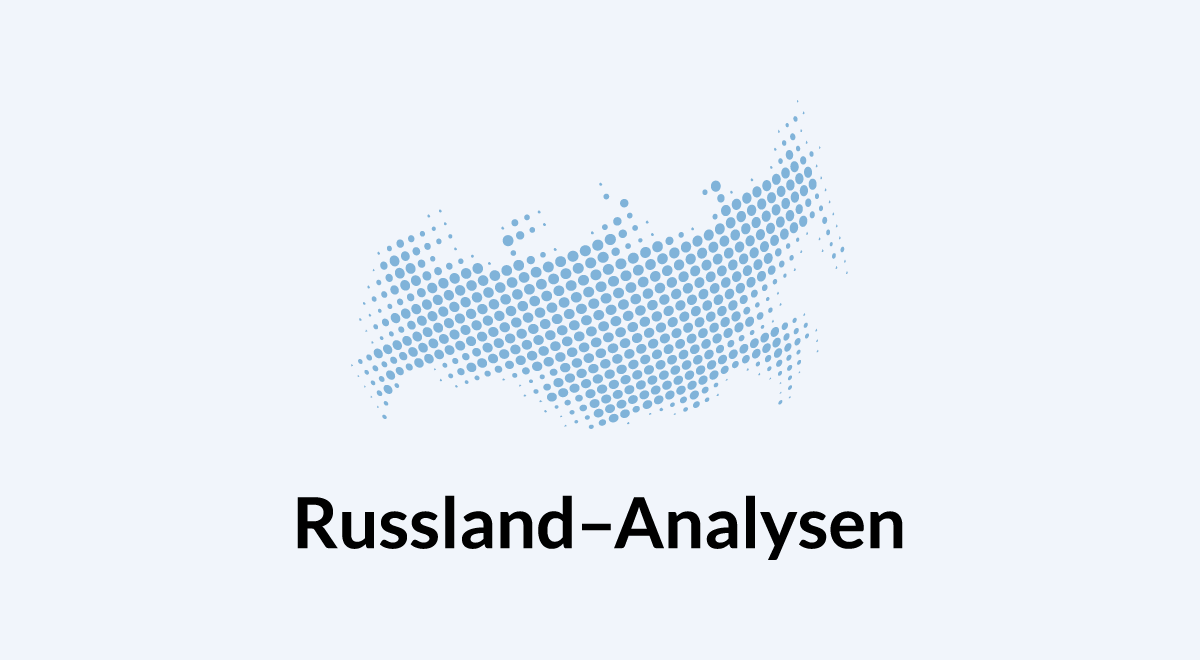 Analyse
Analyse Von Margareta Mommsen
Während der ersten Präsidentschaft Putins (2000 bis März 2004) war die Besetzung der politischen Spitzenämter durch eine Kohabitation der Jelzin-„Familie“ mit den „Petersburgern“ charakterisiert, die Putin aus Petersburg nach Moskau gefolgt waren. In Putins zweiter Amtszeit bekleiden nur noch Putins Provinzpolitiker und die Vertreter der Sicherheitsorgane die wichtigsten Posten. Während sich Putins ‘Kader’ zunächst auf drei Flügel – „Liberale“, „Juristen“ und „Silowiki“ – verteilten, ringen jetzt im wesentlichen „Liberale“ und „Silowiki“ um Einfluss auf Politik und Wirtschaft. Die „Silowiki“ haben sich im Zuge von heftigen Verteilungskämpfen weiter aufgespalten. Dies verschärft die „Apparatekriege“ und destabilisiert Putins Hausmacht. (…)
Zum Artikel ![]() Artikel
Artikel Von Nadja Douglas
ZOiS Report 6/2020 State-society relations in Belarus have been tense for many years. The presidential elections in August 2020 and the mishandling of the ongoing Covid-19 pandemic have proved to be the catalyst that brought these fragile relations to a complete breakdown. Over the years, the widening gap between a new generation of an emancipated citizenry and a regime stuck in predominantly paternalistic power structures and reluctant to engage in political and economic reforms has become increasingly evident. The deteriorating economy during the last decade and the perceived decline of the country’s social welfare system have been important factors in these developments. At the same time, the regime has continued to invest in its domestic security structures to a disproportionate extent compared with neighbouring states, allowing the so-called silovye struktury (“state power structures”) to gain influence at the highest level of state governance. (…)
Zum Artikel auf zois-berlin.de